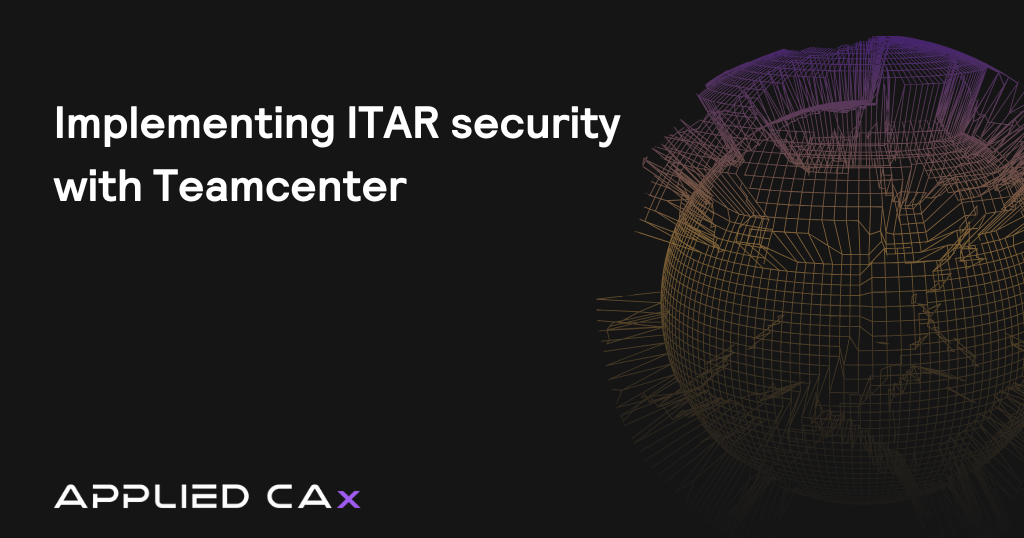I was hired out of college in the mid-1980s to help implement computer-aided design and manufacturing systems at Texas Instruments. While working on automating a circuit-board assembly line project, I quickly gained insight into the root causes of assembly quality issues. Although we encountered typical manufacturing process challenges, we discovered that one-third of the scrap resulted from decisions—or the lack thereof—made during the systems engineering phase, which precedes electrical design and manufacturing engineering.
Recognizing this, I convinced management of the need to integrate a systems engineering perspective into the automation effort. To support this, we sought out a professional society dedicated to systems engineering, like the IEEE, but specific to this field. This search led us to the National Council on Systems Engineering, which later evolved into the international organization INCOSE.
History of INCOSE
The International Council on Systems Engineering (INCOSE) was established in 1990 as the National Council on Systems Engineering (NCOSE) by a group of professionals from various U.S. organizations aiming to advance systems engineering practices. Recognizing the global nature of systems engineering, the organization expanded its reach and, in 1995, rebranded itself as INCOSE to reflect its international membership and scope. Since its inception, INCOSE has been dedicated to developing and disseminating transdisciplinary principles and practices that enable the realization of successful systems. The organization has grown to encompass over 26,000 members across more than 65 chapters worldwide, fostering collaboration among systems engineering professionals from diverse industries and domains.
Systems Engineering Handbook
In pursuit of its mission to advance the state-of-the-art practice of systems engineering, INCOSE has undertaken several key initiatives. One notable effort is the development of the Systems Engineering Handbook, which provides comprehensive guidelines and best practices for practitioners. Additionally, INCOSE has played a pivotal role in the standardization of systems engineering processes, contributing to international standards such as ISO/IEC 15288, which delineates system life cycle processes. In 2007, INCOSE launched the Model-Based Systems Engineering (MBSE) Initiative to promote the adoption of model-based approaches in systems engineering. This initiative aims to transition the field from traditional document-centric methods to integrated modeling techniques, enhancing the ability to manage complex systems throughout their life cycles.
Leading the systems engineering evolution
Through its conferences, working groups, publications, and collaborative efforts, INCOSE continues to lead the evolution of systems engineering, addressing emerging challenges and fostering innovation in the discipline.
While attending these conferences, we discovered that many organizations were tackling similar challenges and formed a working group to address the automation aspect of systems engineering. The goal was to shift from a traditional, spec/document-based approach to a model-based approach, which came to be known as Model-Based Systems Engineering (MBSE). The group started with data exchange standards for systems engineering tools (e.g., ISO-AP233, STEP) and standard system modeling languages (e.g., SysML), and pursued related projects (such as SE Tools Lab and SE Tools Database).
In 2007, the INCOSE Board elevated these efforts to a strategic MBSE Initiative, aiming to transform systems engineering into a fully model-based discipline. The Systems Engineering process begins with understanding the environment in which the product will operate—referred to as the System of Systems (SoS)—and is typically described through scenarios, use cases, and stories. Our team began by crafting a story that outlined how the integrated MBSE solution would function, describing the goals, and establishing what success looked like. All of our MBSE Initiative meetings begin with a review of this vision.
The International Council on Systems Engineering (INCOSE) MBSE working groups have focused on developing tools, data exchange methods, and methodologies for the systems engineering discipline for over 30 years (see INCOSE Integrated MBSE Vision on YouTube). Over time, we found that the tools and methodologies we developed were often more advanced than organizations’ ability to effectively use them, making us realize that successful MBSE implementation requires organizational change.
To address this, we developed an organizational MBSE Maturity Assessment approach, which helps you determine where you are in your MBSE implementation journey. Based on the technologies you already use, the assessment provides recommendations on which tools to prioritize for your organization’s specific needs. Working with Applied CAx, we have developed an MBSE Maturity Assessment app where you can perform a self-evaluation of where you are so you can begin a productive MBSE journey that drives organizational change.
If you’d like to learn more about MBSE check out our other MBSE resources here.
Mark Sampson
Systems Engineering Evangelist








